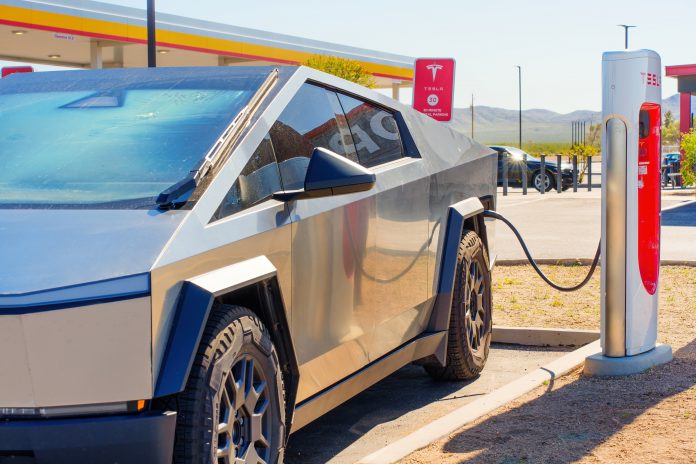Tesla, known for its transformative impact on the automotive market, is taking another bold step by introducing a standardized 48-volt electrical connector. The EV maker states that it has integrated an innovative connector into the Cybertruck’s 48-volt architecture to reduce manufacturing costs, enhance automation capabilities, and improve operational efficiency. The company’s push toward 48-volt systems could significantly reduce power requirements, offering the same output with only 25% of the current required in a traditional 12-volt setup.
Additionally, Tesla’s latest 48-volt system offers several benefits, such as reduced weight and complexity, while maintaining power efficiency. According to Tesla, the 48-volt setup enables vehicles to operate with only 25% of the current required in traditional 12-volt systems, which helps optimize energy use and supports a lighter vehicle design.
The company’s latest blog post highlights six new connectors with similar external designs but varying internal layouts to meet different wiring needs. Tesla explains that these connectors are designed to cover more than 90% of vehicle electrical applications. They feature characteristics like robust single-wire sealing, independent secondary locking mechanisms, and a minimized size to simplify manufacturing and reduce costs. The connectors, identifiable by their industry-standard light blue color, also meet spacing requirements for the higher voltage.
Tesla is optimistic that its 48-volt technology will gain acceptance among other automakers, especially as the launch of the Cybertruck approaches. The company has provided implementation guides to several brands. However, no other manufacturer has adopted a 48-volt system on the same scale. The main challenge is the limited number of suppliers for 48-volt components, a gap that Tesla may address as it develops this technology for its Cybercab fleet.
Tesla’s willingness to supply these components reflects its confidence in the potential of the new architecture to redefine efficiency in vehicle design. Whether other automakers will follow suit remains uncertain, but Tesla’s move could set a new industry standard if adoption broadens across the sector.




